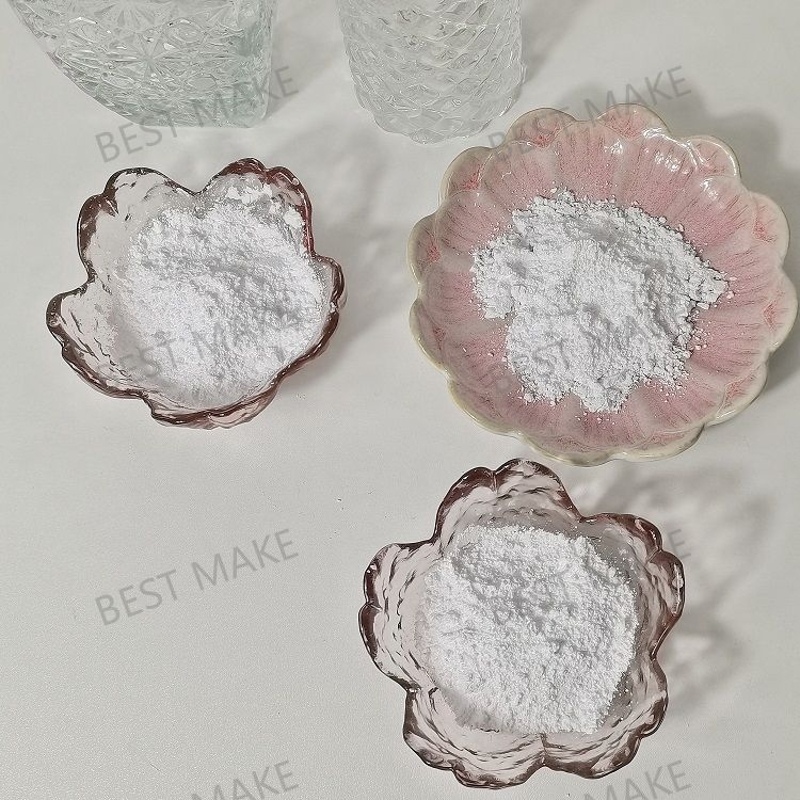-
Categories
-
Pharmaceutical Intermediates
-
Active Pharmaceutical Ingredients
-
Food Additives
- Industrial Coatings
- Agrochemicals
- Dyes and Pigments
- Surfactant
- Flavors and Fragrances
- Chemical Reagents
- Catalyst and Auxiliary
- Natural Products
- Inorganic Chemistry
-
Organic Chemistry
-
Biochemical Engineering
- Analytical Chemistry
- Cosmetic Ingredient
-
Pharmaceutical Intermediates
Promotion
ECHEMI Mall
Wholesale
Weekly Price
Exhibition
News
-
Trade Service
1.
This method is suitable for the determination of water-soluble fluoride and total fluoride in soil
Second, the principle of the method
When the fluorine electrode is in contact with the fluorine-containing test solution, the electromotive force E of the battery changes with the activity of the fluoride ions in the solution (according to the Nernst equation), the water-soluble fluoride in the soil is extracted with ultrasonic assistance, and the total fluoride is fused with alkali Method extraction, adding the total ionic strength adjustment buffer solution to the extraction solution, using the fluoride ion selective electrode method to determine, the logarithm of the fluoride ion activity in the solution has a linear relationship with the electrode potential
3.
Unless otherwise specified, analytically pure chemical reagents that meet national standards are used for experimental analysis, and the experimental water is deionized water with resistivity ≥ 18MΩ·cm (25°C)
(1) Sodium hydroxide solution: c(NaOH)=0.
Weigh 0.
(2) Hydrochloric acid (1+1) solution
(3) Bromocresol purple indicator: w(C 21 H 16 Br 2 O 5 S)=0.
Weigh 0.
(4) Total ionic strength adjustment buffer solution (TISAB): 1.
(5) Fluorine standard liquid: p(F-)=50.
Pipette 10.
Four, instruments and equipment
(1) Ion meter: resolution of 0.
(2) Fluoride ion electrode and saturated calomel electrode or fluoride ion composite electrode
(3) Ultrasonic cleaner: frequency (40~60kHz), temperature can be displayed
(4) Muffle furnace: room temperature~800℃
.
(5) Centrifuge: the maximum speed is not less than 4000r/min, equipped with polyethylene/polypropylene centrifuge tube
.
(6) Extraction bottle: polyethylene bottle, 100mL, with lid
.
(7) Beaker: polyethylene, 100mL
.
(8) Nickel pot: 50mL, with lid
.
(9) Commonly used instruments and equipment in general laboratories
.
5.
Pre-processing and interference elimination
Metal ions such as Al 3+ , Fe 3+ , Ca² + , and Mg 2+ can easily form complexes with fluoride ions, which can negatively interfere with the results.
The degree of interference depends on the type of metal ions, the mass concentration, and the pH of the solution
.
When the mass concentration of hydroxide ions in the alkaline test solution is greater than 10 -6 mol/L, the oxygen ions will interfere with the response of the electrode.
The pH of the solution should be 5-7.
Under the experimental conditions specified in this standard , Adding total ionic strength adjustment buffer solution can eliminate interference
.







